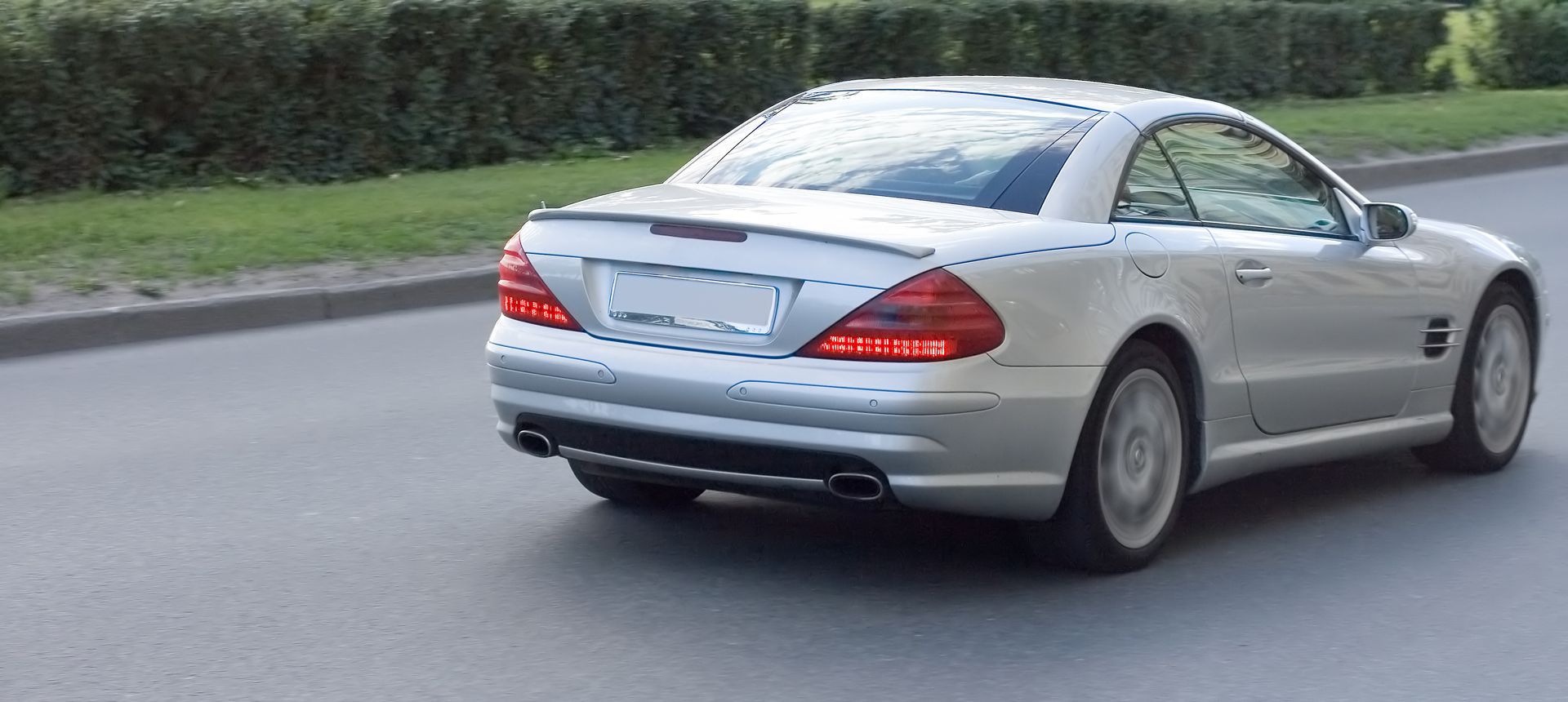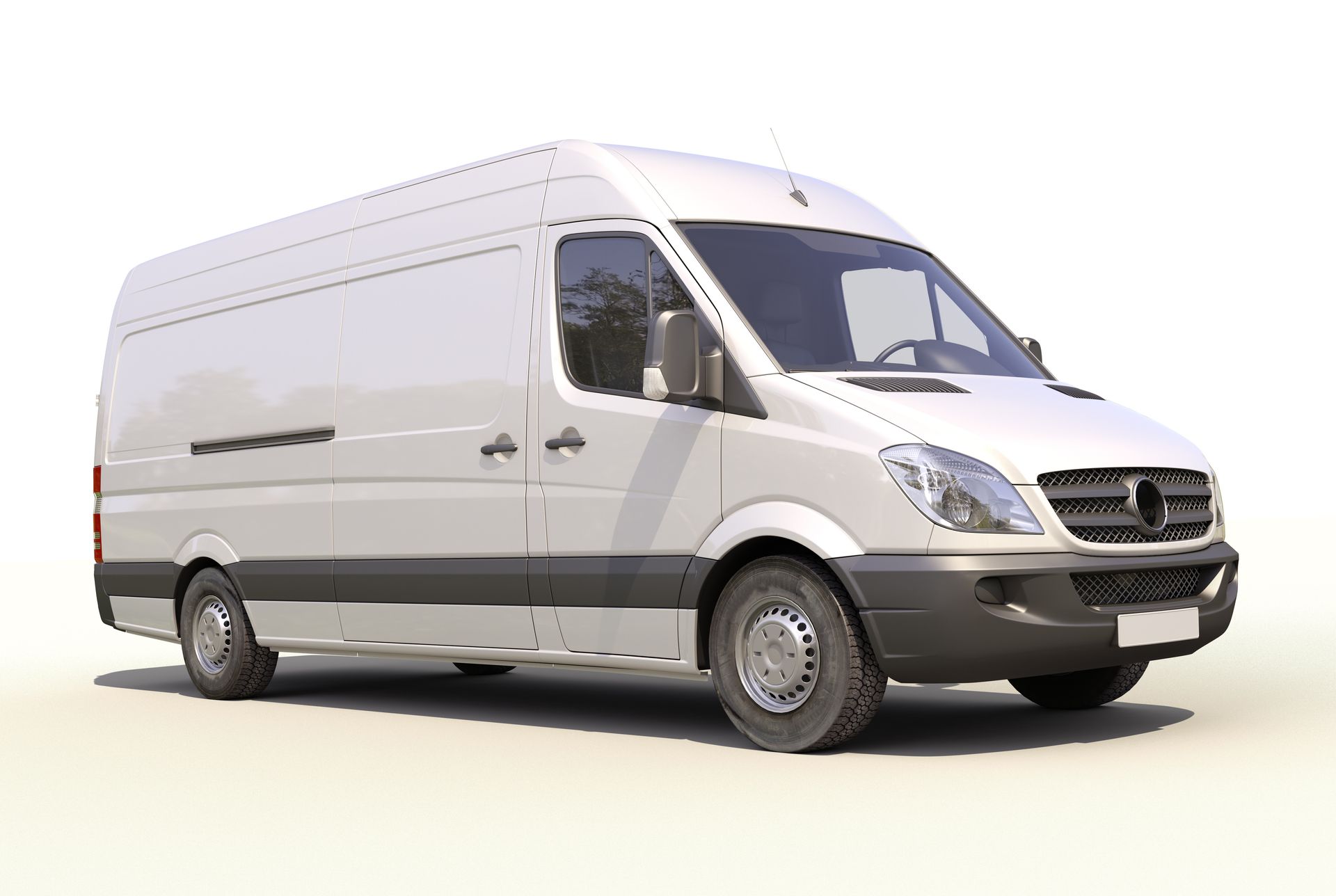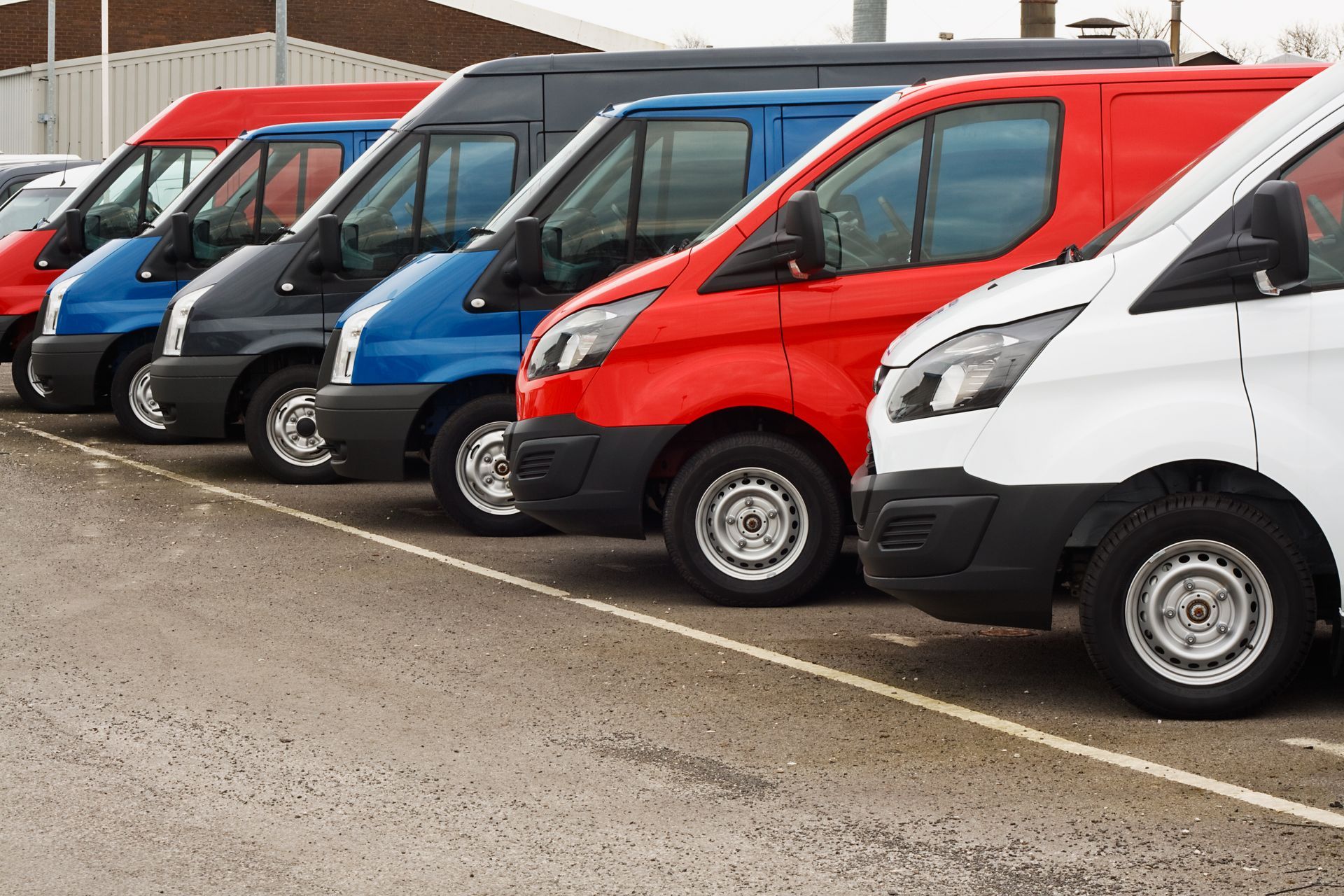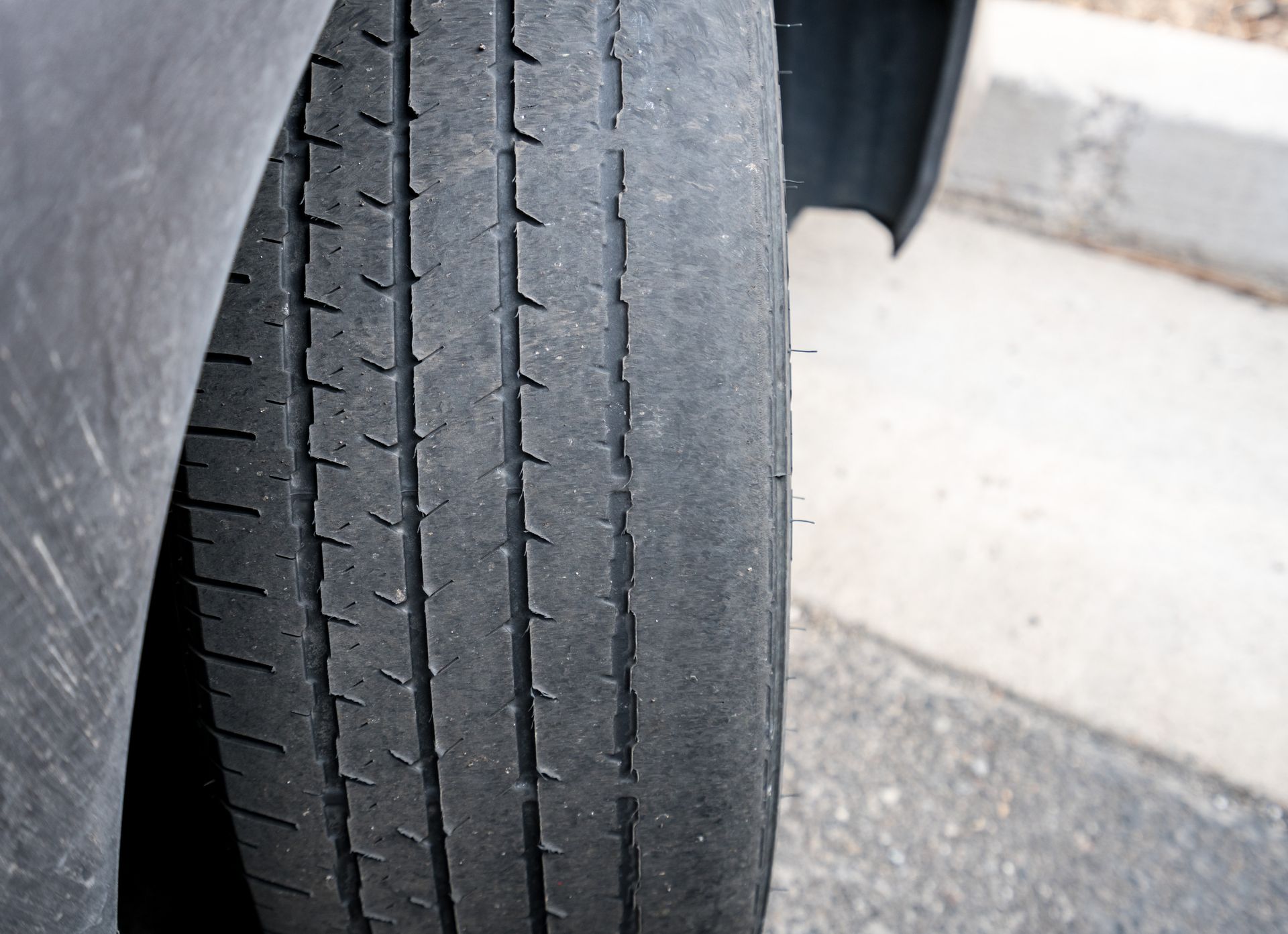Loading ...
Missing business hours data / Error occurred while getting the data.
What’s the Difference Between Traction Control and Stability Control?
Modern vehicles are designed with safety in mind, and traction control (TCS) and stability control (ESC) are two key systems that help keep you on the road in slippery or unpredictable conditions. While both work to improve grip and handling, they operate differently and serve unique purposes. Knowing how these systems function and when they engage can help you stay in control and drive more confidently in all kinds of weather.
What Is Traction Control and How Does It Work
Traction control is designed to prevent wheel slip when you accelerate. If your tires begin to lose grip on a slippery road, the traction control system reduces engine power or applies braking force to the affected wheel(s) to restore grip.
For example, if you're driving on wet pavement or icy roads and one wheel starts spinning faster than the others, traction control will activate to slow that wheel down and help regain traction. This is especially useful when accelerating from a stop or driving up a hill in low-grip conditions.
Most modern vehicles have automatic traction control, meaning the system engages without driver input whenever wheel slip is detected. Some vehicles also allow you to manually turn traction control off, which can be useful in deep snow or mud, where some wheel spin is needed to move forward.
What Is Stability Control and How Does It Work
Electronic Stability Control (ESC) is a more advanced safety system that helps prevent skidding and loss of control when cornering, swerving, or making sudden maneuvers. Unlike traction control, which focuses on individual wheels losing grip while accelerating, stability control monitors the entire vehicle’s movement and intervenes when it detects a potential loss of control.
If the system detects that the car is beginning to understeer (turning too little) or oversteer (turning too much), it automatically applies selective braking to individual wheels and adjusts engine power to help keep the vehicle on its intended path.
For instance, if you take a sharp curve too fast and the rear of the car begins to slide outward, stability control will apply braking to one or more wheels to help straighten the vehicle and prevent a spinout.
Key Differences Between Traction Control and Stability Control
Although these two systems share similarities, they serve different purposes and activate in different driving scenarios.
- Traction control prevents wheel spin during acceleration, ensuring that power is effectively delivered to the wheels with grip.
- Stability control prevents the entire vehicle from losing control, particularly in emergency maneuvers, sharp turns, or slippery conditions.
- Traction control is focused on individual wheels, while stability control affects the overall movement of the car.
- Traction control primarily works at low speeds, such as when pulling away from a stop. Stability control is most useful at higher speeds, like when navigating curves or making evasive maneuvers.
When Do These Systems Activate
Both traction control and stability control are automatic safety features, meaning they engage when needed without driver input.
- Traction control activates when it detects one or more wheels spinning faster than the others, such as when accelerating on wet or icy roads.
- Stability control activates when the vehicle’s sensors detect sideways movement that suggests a loss of control, such as in a skid or sharp turn.
- In most cases, drivers may not even notice when these systems activate—they work in the background to provide a safer driving experience.
Should You Ever Turn These Systems Off
For everyday driving, traction control and stability control should always be left on for maximum safety. However, there are some rare situations where turning them off may be beneficial.
- Deep snow, mud, or sand – In certain off-road or extreme winter conditions, some wheel spin is needed to keep moving. Turning off traction control temporarily may help in these cases.
- High-performance driving or track use – Some sports cars allow drivers to disable stability control for more control over drifting or aggressive cornering.
That being said, these systems should always be reactivated for normal driving, as they provide crucial safety benefits in emergency situations.
What to Do If Your Traction Control or Stability Control Light Comes On
If the TCS or ESC warning light stays illuminated on your dashboard, it could indicate a problem with one of these systems. Some common causes include:
- A faulty wheel speed sensor, which prevents the system from detecting wheel slip.
- A malfunctioning ABS module, as both traction and stability control rely on the Anti-lock Braking System.
- Low brake fluid levels, which can affect braking performance and system operation.
If your traction control or stability control warning light is on, it’s best to have your vehicle inspected by a professional to ensure that your braking and stability systems are functioning correctly.
Trust MMR Automotive for Traction Control and Stability Control System Repairs
Your vehicle’s traction and stability control systems play a vital role in keeping you safe on the road, especially in challenging weather conditions. If your warning light is on, or you’re experiencing issues with braking or control, bring your vehicle to us for a full diagnostic check and expert repairs. Our team specializes in advanced vehicle safety systems and will ensure your car is operating at peak performance.
Your safety is important for us—let
MMR Automotive check your vehicle’s traction and stability control systems for top performance in all driving conditions.
Loading ...
Missing business hours data / Error occurred while getting the data.
Loading ...
Missing nap lines data / Error occured while getting the data.










